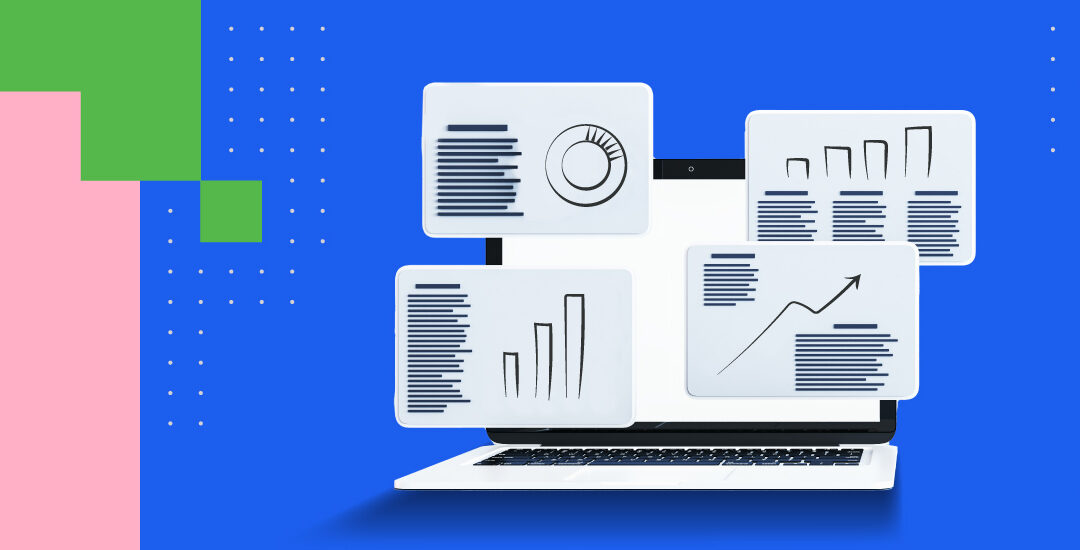
Using Data Analytics to Improve Audit Quality
Discover the many practical applications for analytics solutions in audit.
Auditors are turning to data analytics solutions in ever greater numbers so they can analyse more data and transactions, allowing them to improve the quality of their audits. Caseware’s 2024 State of Internal Audit Trends Report found 78 percent of respondents said analytics was a key part of their operations, with another 18 percent planning to use analytics solutions in the future. Just 4 percent had no plans to use analytics.

A 2019 report from the Chartered Professional Accountants of Canada (CPA Canada) discovered the primary goal for auditors using analytics was to improve the quality of audit evidence obtained to support the auditor’s opinion. Some of the most common tasks where auditors employed analytics included:
- Journal entry analysis to identify unusual attributes
- Process mapping using transaction logs to identify, for example, missing steps or out-of-order processes
- Two- and three-way matches of aspects of transaction streams. These streams could include payroll, purchases, payables and/or payments
- General ledger account balance analysis
- Scanning data populations for various attributes (looking for large, unexpected items or duplicates)
- Aging analysis (examining the length of time accounts receivable, accounts payable, loans receivable, etc., have been outstanding)
- Churn analysis (e.g. changes in customers and amounts owed; changes in inventory items)
As the report showed, there are many practical applications for analytics solutions in audit. A few of these include:
- Accounts payable: Auditors can use analytics software to examine a wide range of functions to ensure liabilities are not being understated. For example, they can test for duplicate payments or invoices, identify the unit price variances of particular products over time, or select different types of accounts and compare turnover ratios.
- Accounts receivable: As with accounts payable, analytics solutions can examine a host of accounts receivable information. These include: profiling debtors to look for large debts and checking the proportional value of large items; reporting gaps in the sequences of invoices; flagging accounts with no recent activity that might be good targets for sales rep follow-ups; and profiling customer purchase cycles to boost profitability.
- General ledger: Running analytics software on general ledger entries can not only help prove closing balances, but it can also be useful in auditing other areas, such as branch performance or profitability by product. Some examples of general ledger tests auditors can run with analytics software include: providing the totals of entries generated by different sources to show the value and volume (such as sales ledger, or journal vouchers); perform faster account reconciliations and adjustment transactions to speed up closing; compare balances with previous periods to highlight variances.
- Continuous auditing: With analytics software, auditors can establish a continuous auditing process that checks for errors and verifies data in real time. Using scripts, which can be pre-existing or customised, organisations can immediately flag items such as duplicate payments, journal entries posted at unusual times, or payments made to vendors that are no longer active. In a business environment where risks and compliance requirements are rising, continuous auditing can play an important role.
- Payroll: Analytics solutions are ideal for helping auditors check payroll validity by looking for such items as duplicate employees, duplicate bank account details, and calculating gross pay, net pay and deductions. They are also useful for matching master payroll file information with an organisation’s personnel file to find out if there are “ghost” employees on the payroll.
- Information Technology (IT) security: As more organisations increase their commitment to their digital operations, auditors are being asked to assess risks associated with IT operations. Analytics software can be set up to collect such information as system logs, access permissions and folder structures, and carry out tests to ensure IT systems and policies are secure.
Uncovering instances of fraud is one of the best-known use cases for data analytics software. Auditors can set a wide range of thresholds and run different automated tests against millions of transactions to find exceptions and anomalies.
Bringing in Benford’s Law
A helpful mathematical law is frequently applied to analytics software to help detect instances of fraud. Known as Benford’s Law, it identifies abnormal distribution of numbers across large data sets. It stipulates that the leading digit in a genuine data set will most often be ‘1’. When other digits from ‘2’ through ‘9’ appear as the leading figure more often than they are expected to, it’s a signal that the data may have been manipulated.
In one case, an auditing firm applied Benford’s Law in their analytics software to uncover fraud taking place at a client who ran a call center. Operators at the facility could issue refunds of under £50 to customers without their manager’s approval.
Forensic accountants ran the Benford’s Law test and discovered a large spike in the number 4. After further investigation, it turned out several operators had been issuing refunds to friends, family and themselves worth hundreds of thousands of dollars, but the fraud was only uncovered after running the automated Benford’s Law test.
There are many more potential use cases for data analytics in auditing. It’s important to note that none of them remove the need for auditors. Instead, they allow auditors to spend less time gathering and formatting information, and more time analysing the data to generate more accurate forecasts and predictions, helping auditors show their value to C-suite executives.
To learn more about how analytics can free up your team’s time and boost your audit quality, download our eBook, Your Guide to Using Analytics Software in Audit and Accounting.




